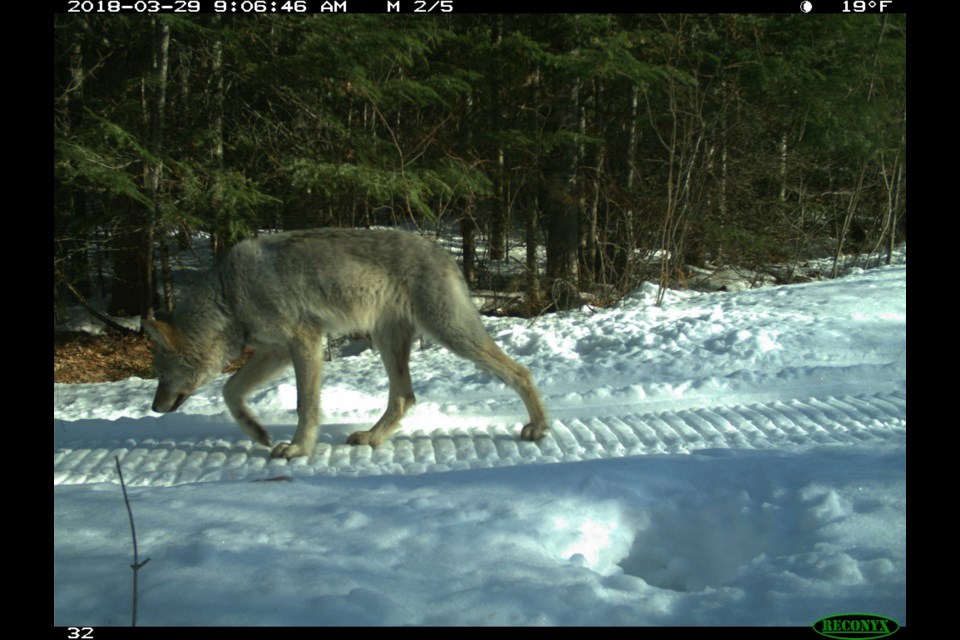Tom Gable and Austin Homkes were sitting near the abandoned den of a wolf pack in northern Minnesota last year when inspiration struck.
They had watched the decline of the Ash River pack in Voyageurs National Park. It was sundown for those wolves, but a new pack had moved in. It just needed a name.
That’s when Orillia-born folk music icon Gordon Lightfoot came to mind.
“We’ve been huge Gordon Lightfoot fans since we became friends,” Gable said. “It just felt like a really boreal spot. There wasn’t any noise except nature.”
During that serene silence, the lyrics to Lightfoot’s Canadian Railroad Trilogy played in Gable’s mind.
There was a time in this fair land when the railroad did not run
When the wild majestic mountains stood alone against the sun
Long before the white man and long before the wheel
When the green dark forest was too silent to be real
“That last line really encapsulated that moment for us,” Gable said.
And so, the area’s new wild residents were given a name: the Lightfoot pack.
Gable and Homkes are part of the Voyageurs Wolf Project, a collaboration between the University of Minnesota and Voyageurs National Park. It began in 2015 as a way to study the ecology of wolves and their predation in the summer.
It’s easier to study wolves and their predation habits in the winter, Gable noted, because in the summer, “wolf packs aren’t really travelling around in a cohesive unit.”
“No one understands how many deer and beavers wolves actually kill,” he said. “We’re trying to understand the secret lives of wolves.”
Gable had been monitoring the Ash River pack. He saw one pup in July 2016 and noticed it was smaller than it should have been, indicating a lack of nutrition, and unsuccessful hunting by the adults.
“We knew they were probably on their way out,” he said, noting the eldest wolves were nine to 11 years old — “very old” for wolves in the area.
Cameras were placed in the area that winter but didn’t catch anything. In the spring of 2017, a female wolf was spotted. She had distended nipples — evidence of nursing. So, the researchers headed out into the forest and started howling. Two adults answered the call from separate locations, as did a pup in the den. That allowed the team to triangulate the wolves’ location. Once they confirmed there were no stragglers from the Ash Park pack, they realized they had found something new, and the Lightfoot pack was born.
“We spent a lot of time just bushwacking and we found the den,” Gable recalled. “It was really exciting. It’s always exciting to find a new pack.”
It is believed there are three or four members of the Lightfoot pack.
Gable and his team have also been naming ATV trails in the pack’s territory after Lightfoot songs. So, they now travel the Carefree Highway and Ribbon of Darkness trails when they venture into the woods to conduct research.
Before the Lightfoot pack, the canine crews in the park were typically named for their locations: Bowman Bay, Moose River, Sand Point, Shoepack Lake.
“I got a little tired of that. We wanted to make it more fun,” Gable said.
The Voyageurs Wolf Project received a grant from the Minnesota Environment and Natural Resources Trust Fund. That funding will be up next summer. Researchers will be applying for more grants, but they also encourage individual donations, which can be made here.
For more information about the project, check out its Facebook page or email Gable at [email protected].


